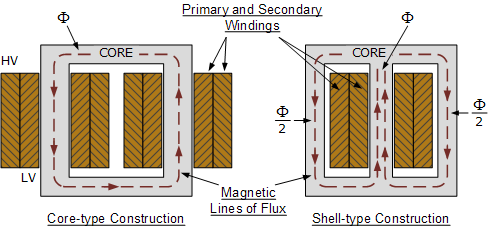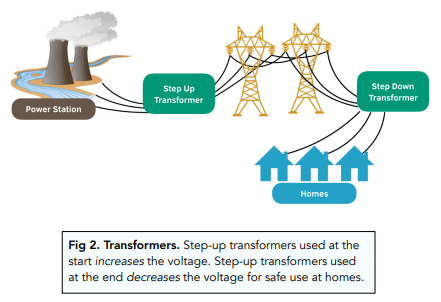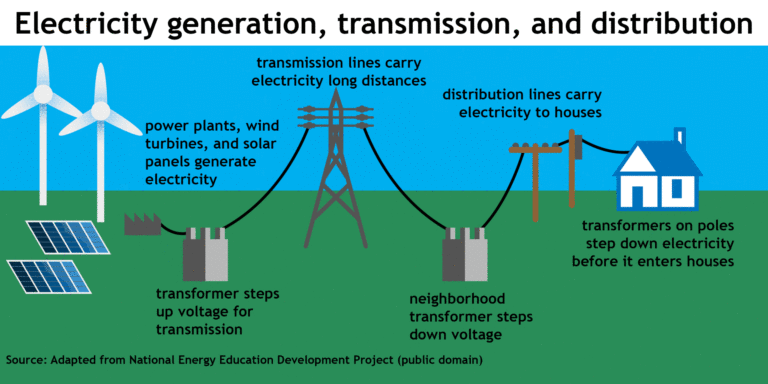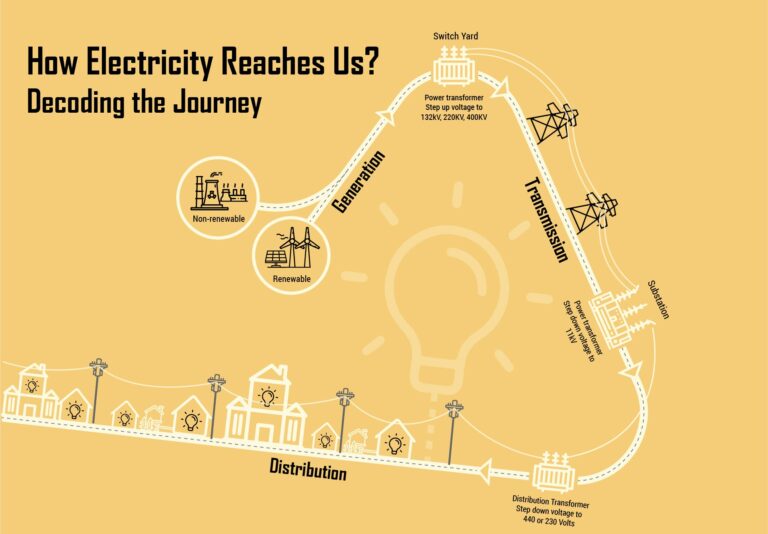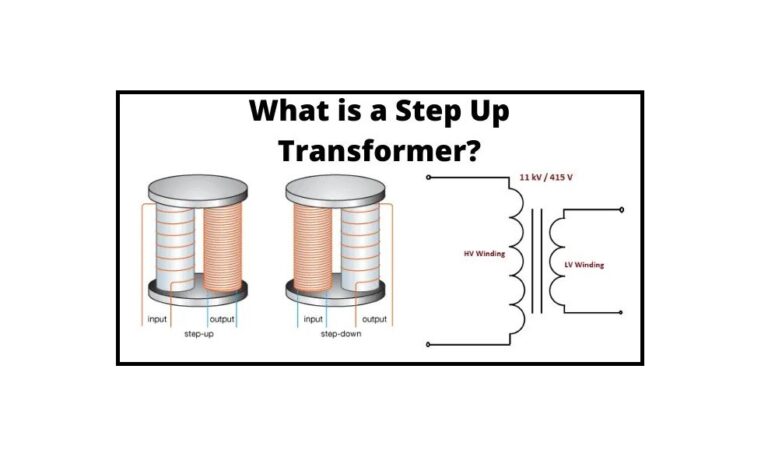Transformer Design and Construction: Building Blocks of Power Elevation
Transformers are the unsung heroes of the power industry, quietly working at the heart of our electrical systems to elevate voltage, transmit energy over vast distances, and ensure the lights stay on. Understanding the intricate design and construction of these devices is crucial for electrical engineers and students of the craft. In this comprehensive blog post, we will peel back the layers of transformer design, explore the core principles of operation, and glimpse into the future of power transformation.

Introduction to Transformer Design
The Quiet Workhorse of Electricity
Transformers have been an integral part of electrical systems since the late 19th century, playing a critical role in the generation, transmission, and distribution of power. The story of transformers is often overshadowed by more glamorous advancements in technology, but their impact on our daily lives cannot be overstated. From industrial applications to household appliances, transformers are everywhere, silently carrying out their duty to step up or step down voltage with minimal energy loss.
Historical Significance and Continued Relevance
The evolution of transformer design mirrors the growth of the electrical industry. Early transformers were bulky, inefficient, and prone to mechanical failure. Through research, experimentation, and advancements in materials science, modern transformers have become smaller, more efficient, and capable of handling higher voltages.
The Basics: Understanding Transformer Operation
Magnetic Fields and Electromagnetic Induction
At the heart of every transformer is the principle of electromagnetic induction. When an alternating current flows through the primary winding, it creates a changing magnetic field around the coil. This magnetic field then induces a voltage in the secondary winding, transferring power from one circuit to another without the need for direct electrical connection.
Turns Ratio and Voltage Transformation
One of the fundamental aspects of transformer operation is the turns ratio. By varying the number of turns in the primary and secondary windings, transformers can either step up (increase) or step down (decrease) voltage. This simple relationship is the key to power transmission and the foundation of transformer design.
Efficiencies and Losses
Transformers are not perfect; they experience several types of losses. Core losses, including hysteresis and eddy current losses, occur in the magnetic core. Copper losses, or I²R losses, are caused by the resistance of the wire in the windings. Designing a transformer to minimize these losses is a delicate balance of materials, construction techniques, and operational factors.
Design Elements: The Building Blocks
Core Materials and Their Impact on Design
Transformer cores serve to channel the magnetic flux and provide a path for the magnetic field. Early transformers used iron cores, but modern designs often turn to lower-loss materials like amorphous metals, silicon steel, or ferrites. Each material choice affects the transformer’s efficiency, weight, and cost.
Coil Design and Winding Types
The art of coil design is essential for achieving the desired voltage transformation and minimizing losses. Engineers must consider the effects of proximity, skin, and stray losses when winding the coils. There are also different types of winding configurations, such as the common square, helical, or disc forms, each with their own set of electromagnetic characteristics.
Modern Innovations in Transformer Construction
The Push for Sustainability
With the growing demand for clean energy, transformers are undergoing a green revolution. High-temperature superconducting (HTS) materials offer the promise of ultra-efficient transformers that could dramatically reduce energy consumption and greenhouse gas emissions.
Nanotechnology and Improved Performance
Nanomaterials are making their way into transformer design, bringing the potential for higher power density and improved thermal management. By leveraging nanotechnology, engineers can create transformers that are smaller, more reliable, and capable of operating in more extreme environments.
Advances in Digital and Smart Grid Technology
Transformers are becoming smarter. Digital monitoring systems and the Internet of Things (IoT) are transforming traditional transformers into intelligent devices capable of self-diagnosis, predictive maintenance, and real-time adjustments to optimize power delivery.
Challenges in Design and Solutions
Handling High Overvoltages
Transformer insulation must be designed to withstand transient overvoltages that can lead to dielectric breakdown. Innovations in insulation materials and design help prevent catastrophic failures and extend the life of the transformer.
Harmonics and Their Impact on Transformers
Nonlinear loads in the power system can cause harmonics, which lead to increased losses and overheating in transformers. Techniques like zig-zag transformer configurations and the use of harmonic filters effectively mitigate these issues.
Ensuring Transformer Reliability
The reliability of a transformer depends on many factors, including design, materials, and maintenance. Regular testing, such as power factor testing and partial discharge measurements, helps identify potential issues before they lead to a system outage.
Case Studies and Practical Applications
Innovations in Renewable Energy
Transformers play a critical role in the integration of renewable energy sources, such as wind and solar. Custom-designed transformers can convert the fluctuating AC output of these sources into stable power for the grid, fostering the transition to a greener energy mix.
Smart Grid Deployment and Intelligent Transformers
Smart grids are reshaping the power industry, and intelligent transformers are at the forefront. They enable remote operation, advanced fault detection, and real-time load management, enhancing the efficiency and reliability of the power system.
Impact on Industrial Processes
In industrial applications, transformers are often custom-designed to meet exacting specifications. They power everything from arc furnaces to sophisticated equipment in the semiconductor industry, supporting global manufacturing and technological advancement.
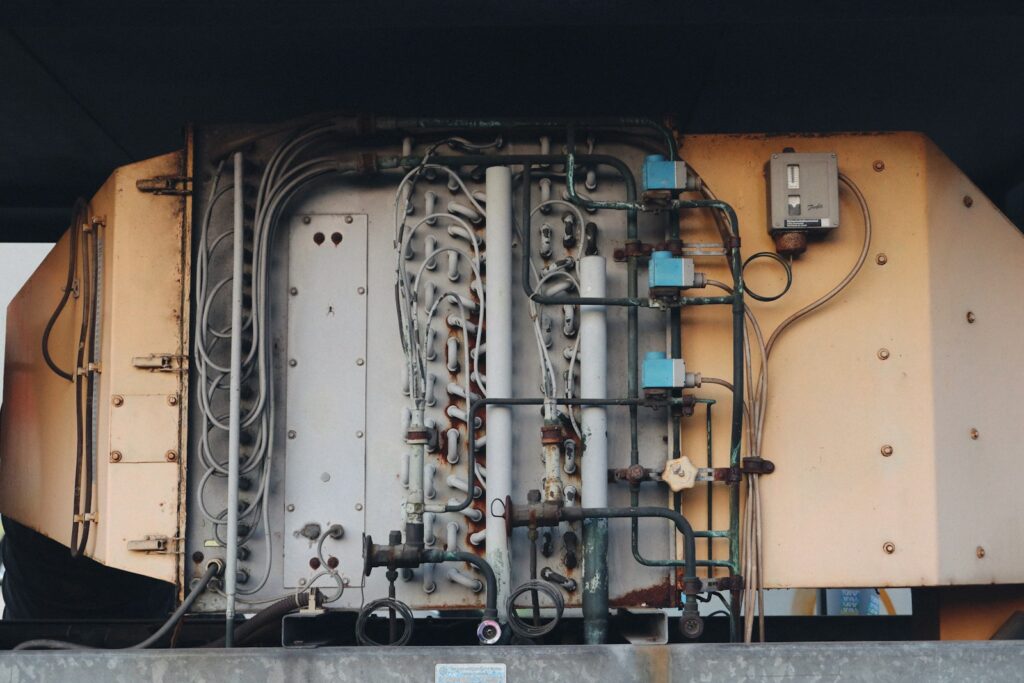
Future of Transformer Design
The Path to Superconducting Transformers
The development of superconducting materials is heralding a new era in transformer design. Superconducting transformers promise unparalleled efficiency and enormous power-handling capabilities, with potential applications ranging from long-distance power transmission to the aerospace industry.
Integration with Power Electronics
The growing synergy between transformers and power electronics is leading to the development of novel transformer topologies that can address the changing needs of the modern grid. These advances are crucial for the widespread adoption of new technologies like electric vehicles and energy storage systems.
Ongoing Research and Development
The transformer industry is a hotbed of research and innovation. Ongoing studies in material science, electromagnetic behavior, and system integration are paving the way for the next generation of transformers that will power our world in the 21st century and beyond.
Conclusion: The Role of Transformers in Power Elevation
Transformers are the true enablers of modern electricity, quietly and efficiently elevating power to the levels where it is needed most. Their design and construction are an art and a science, the marriage of principles that have stood the test of time and the cutting-edge innovations that will define our energy future.
As we continue to advance the field of transformer technology, it is clear that the possibilities are limitless. Engineers and researchers have an exciting road ahead, filled with opportunities to improve efficiency, reliability, and sustainability in power systems around the globe. It is our collective responsibility to push the boundaries of transformer design, ensuring that they remain at the vanguard of a rapidly changing energy landscape.
To emerging electrical engineers and seasoned professionals alike, the transformer presents an endless horizon of exploration. The building blocks outlined in this post offer a solid foundation for further study. Remember, as you engage in the design and construction of transformers, you are not merely working with coils and cores—you are shaping the very essence of power itself.

